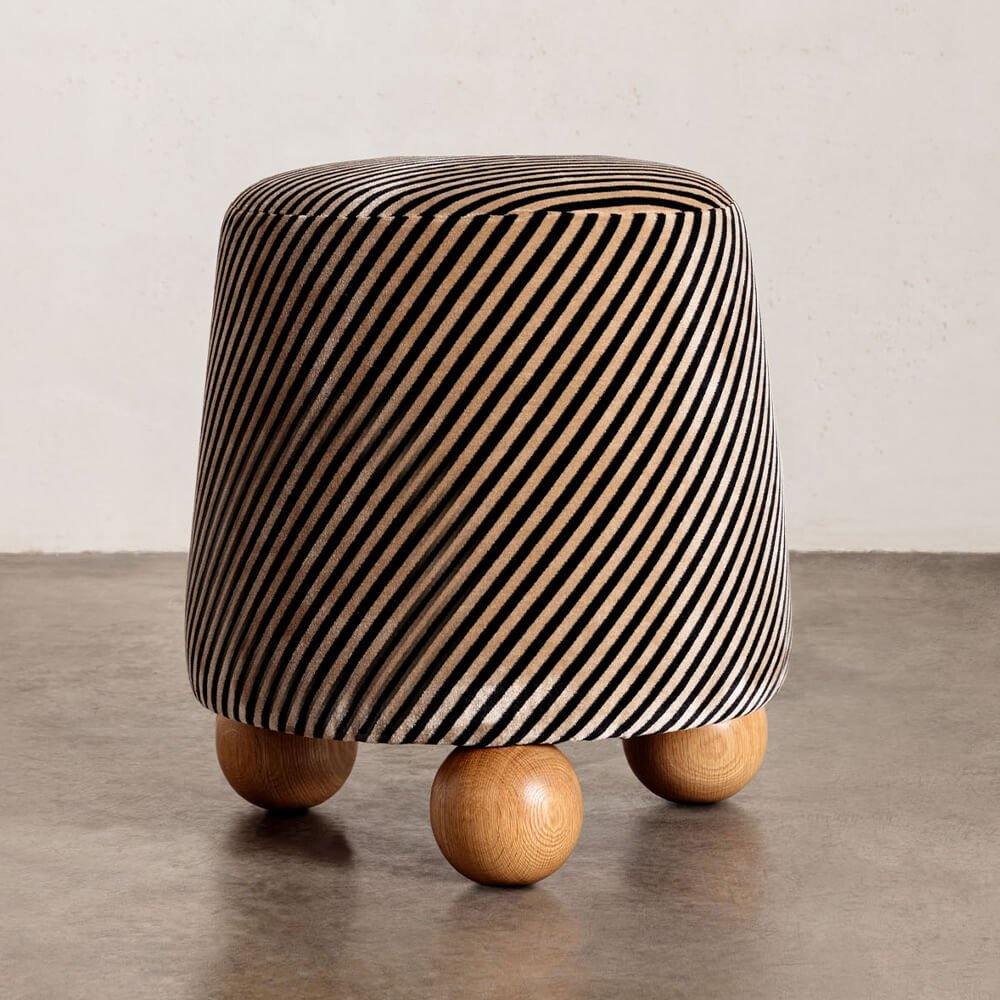Ottoman furniture design is a unique and intricate art form that has been around for centuries. The Ottoman Empire, which spanned from the late 13th century to the early 20th century, was known for its luxurious and opulent style of furniture. Ottoman furniture design is characterized by its intricate carvings, rich fabrics, and ornate patterns.
One of the most iconic pieces of Ottoman furniture is the divan, which is a long, low couch that is usually placed against a wall. Divans were typically used for seating and lounging, and often featured plush cushions and elaborate wooden carvings. These pieces were often the focal point of a room and were designed to be both functional and aesthetically pleasing.
Another popular piece of Ottoman furniture is the coffee table, which was often adorned with intricate inlay work and detailed carvings. Ottoman coffee tables were often made of rich woods like mahogany or walnut, and were designed to complement the other pieces of furniture in a room. These tables were often used for serving coffee and snacks to guests, and were considered a symbol of hospitality and wealth.
Ottoman furniture design also often featured intricate patterns and designs inspired by nature, Islamic art, and other cultural influences. These patterns were often hand-painted or carved into the wood of a piece of furniture, creating a stunning and unique look. These intricate details added a sense of luxury and sophistication to Ottoman furniture.
One of the key characteristics of Ottoman furniture design is its use of rich fabrics and textiles. Ottoman furniture was often upholstered in luxurious fabrics like silk, velvet, and brocade, adding a sense of opulence and grandeur to a room. These fabrics were often embellished with intricate embroidery or intricate patterns, creating a stunning and luxurious look.
Overall, Ottoman furniture design is a rich and diverse art form that has left a lasting impact on the world of interior design. Its intricate carvings, rich fabrics, and ornate patterns continue to inspire designers and homeowners alike, making it a timeless and iconic style that will never go out of fashion.
 bebadesign Interior Design Ideas
bebadesign Interior Design Ideas











